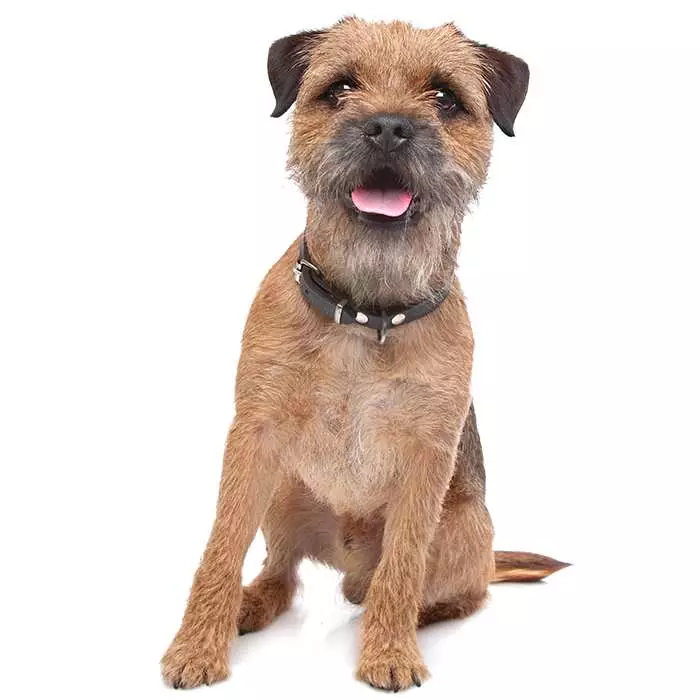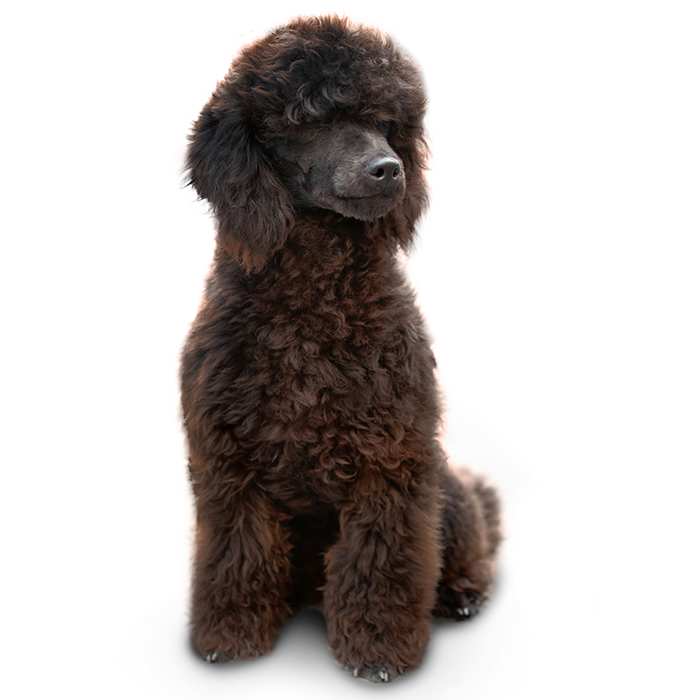Miniature Fox Terrier
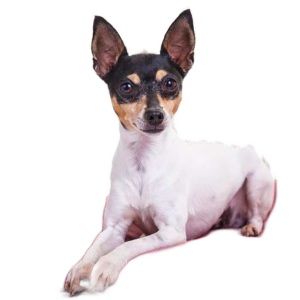

| Recommended for | Families & singles |
| Breed Classification | Toy group |
| Other names | Mini Foxie, Toy Fox Terrier (USA) |
| Lifespan | 12 to 14 years |
| Size | Small |
| Temperament | Lively & courageous |
| Intelligence | Average |
| Tendency to bark | Above average |
| Maintenance Level | Medium |
| Health Risk | This breed is in the lower risk category for developing health issues, hence it is one of the most affordable breeds to insure. |
Insuring a Miniature Fox Terrier?
Get award-winning cover with more benefits and up to 80% of eligible vet bills reimbursed. Find out about your cover options.
Get a quick quote
Is this breed right for you?
Try our breed selector quiz to find out your best matching breed!
Insuring a Miniature Fox Terrier?
Get award-winning cover with more benefits and up to 80% of eligible vet bills reimbursed. Find out about your cover options.
Get a quick quote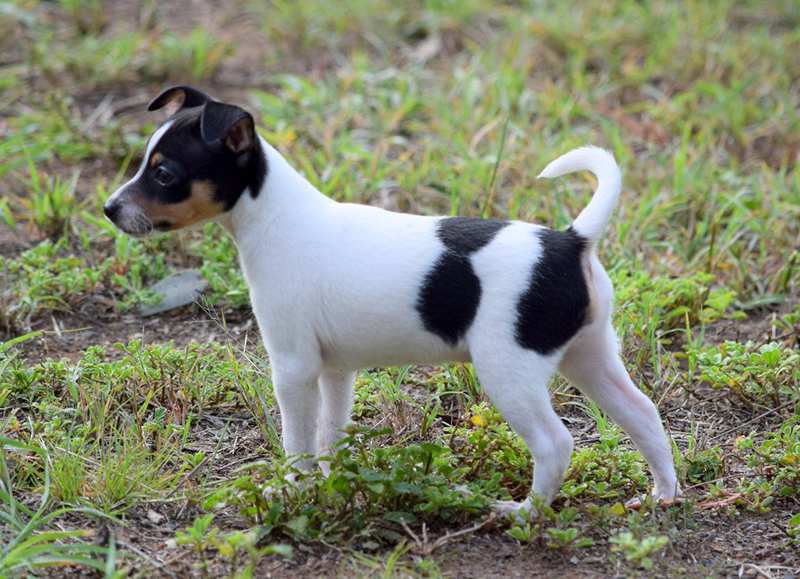
Breed history of Miniature Fox Terriers
The Miniature Fox Terrier’s ancestors, most likely small Smooth Fox Terriers and Manchester Terriers, were brought to Australia by early settlers from England. Mini Foxies were first bred in Australia some time in the mid to late 19th century and have subsequently been bred here for generations.
The breed developed along similar lines as the American Toy Fox Terrier. Its breeders were seeking a light, fast dog that would retain the characteristics of the Fox Terrier, while more suited to hunting smaller pests such as rabbits and rodents. Smaller puppies from early litters were further bred and later crossed with other small breeds such as English Toy Terrier and Italian Greyhound.
Nowadays, the breed has shifted from being a farmer’s best friend to also being a suburban family’s best friend.
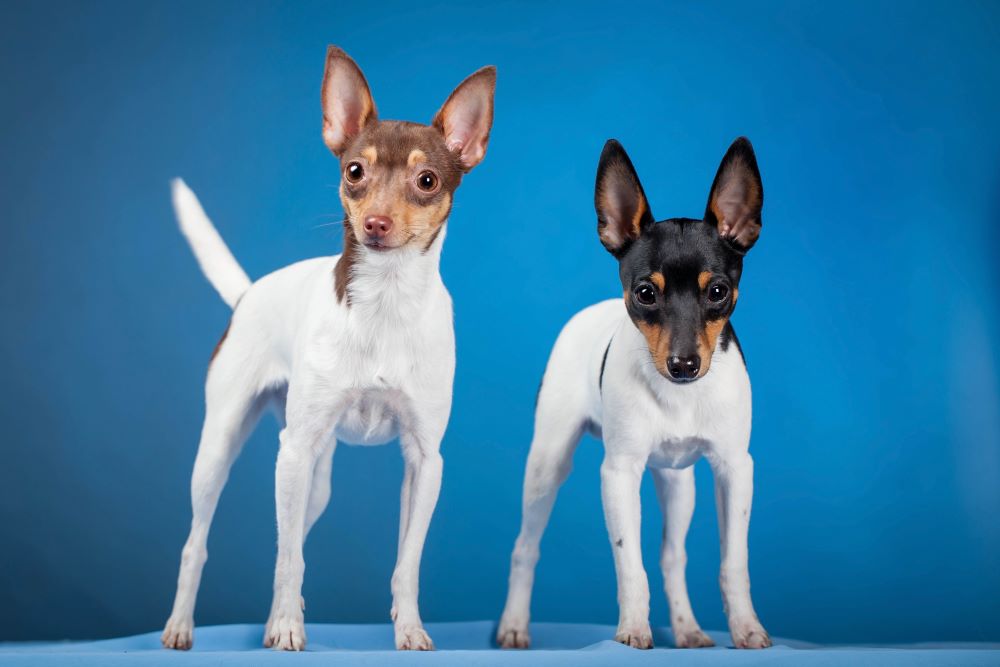
Physical description of Miniature Fox Terriers
The miniature Fox Terrier is a small sized, smooth coated terrier with a well balanced, athletic appearance that reflects a swift and agile natural hunter with the ability to spring.
Its distinctive physical characteristics include a predominantly white coat on its body, a darker-coloured head, large, erect ears and dark eyes.
Miniature Fox Terriers have a short and sleek coat, which may get longer at the neck. They come in a variety of colours that include black, white, brown, and tan, but they should be predominantly white with black and/or tan markings.
| Weight range | Up to 6 kg |
| Height range | 24 to 30 cm |
| Colours | Predominantly white with black and/or tan markings |
| Coat length | Short |
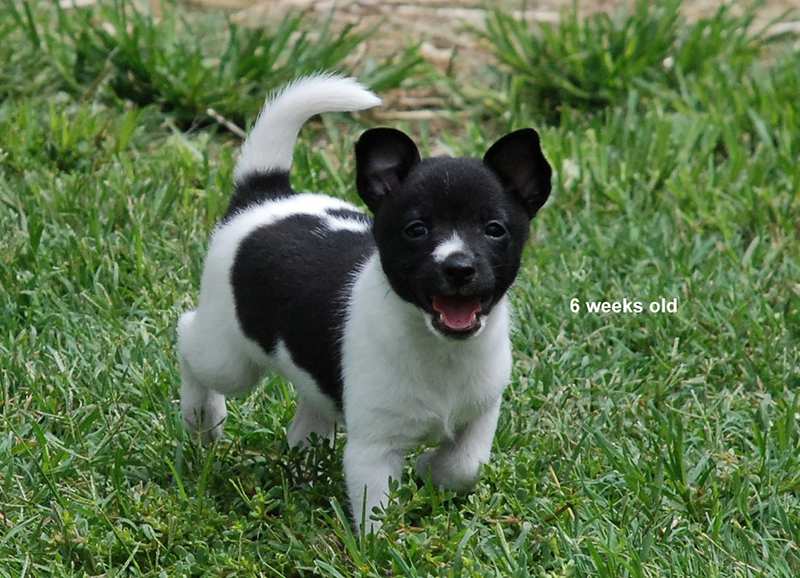
Miniature Fox Terrier personality and temperament
The Miniature Fox Terrier is an affectionate, alert and inquisitive dog who shows loyalty to its owners. Courageous and confident, the Mini Foxie is eager to learn.
They have a defensive attitude that is reflected in their tendency to bark at strangers walking past the house and coming into their home. They are adaptable to most domestic situations, including small apartments, as long as their barking can be controlled.
Animated, entertaining and playful, Mini Foxies love to be pampered and treated like the king or queen of the household. Both a lapdog and a watchdog who love an adventure and roughhousing, they need to be well-trained to avoid small dog syndrome.
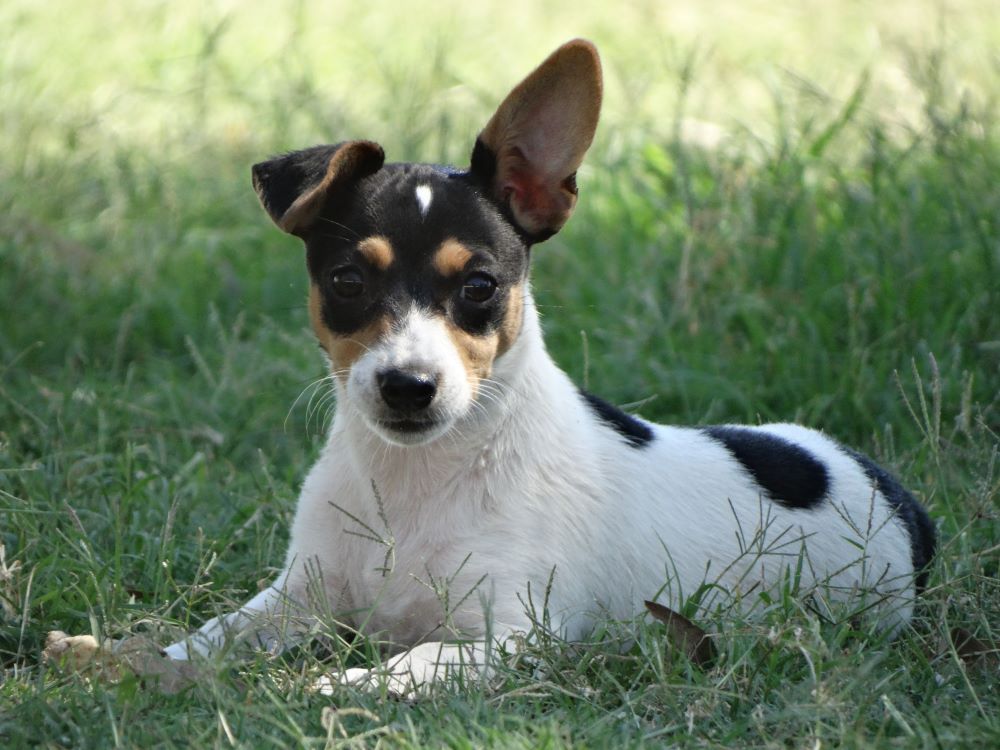
Miniature Fox Terriers with kids and other pets
Mini Foxies are good with children who are old enough to distinguish between a dog and a plush toy, so they do better in households with slightly older children. They can be very defensive of small children if they are raised together.
They make good family pets and tend to get along well with other animals if they are raised together or introduced to each other as companions.
However, keep in mind their high prey drive, especially around small furry animals like Guinea pigs or rats. Like all terriers, the Mini Fox Terrier cannot distinguish between pet rodents or pet reptiles and vermin, and should not be left alone with such animals.
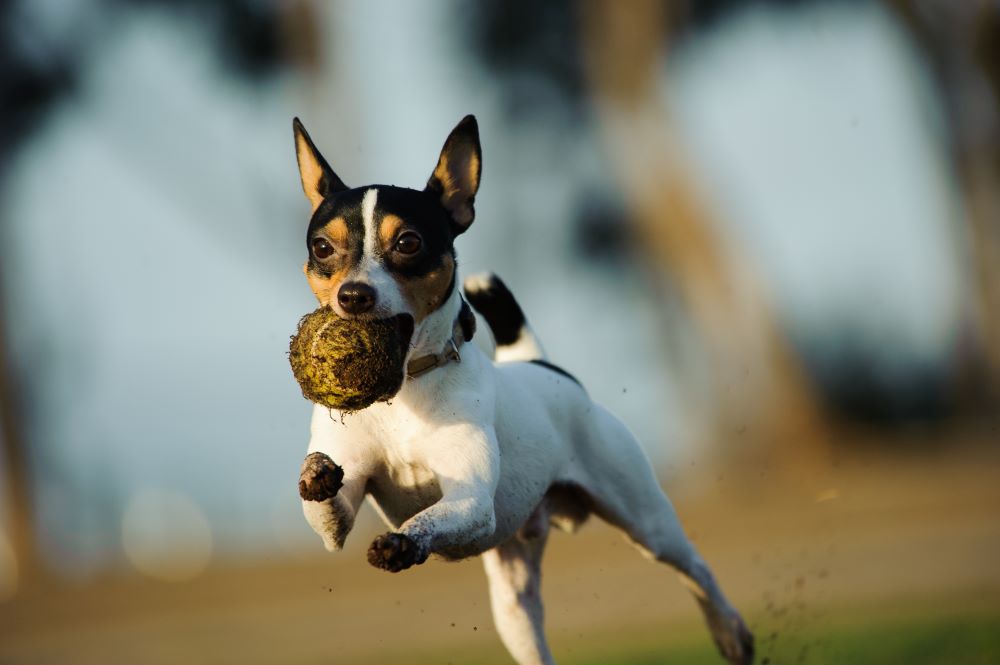
Miniature Fox Terrier training and exercise
For such tiny dogs, Mini Foxies have a high level of exercise needs. It’s recommended that owners walk them daily.
This breed also has high energy levels, so it’s important to allow them to use that energy throughout the day to avoid a restless dog at night.
Mini Foxies need regular training from a young age or they could suffer from small dog syndrome. They are very easy to train and do not require a lot of effort to be put into this activity.
| Energy level | High |
| Exercise requirements | Medium |
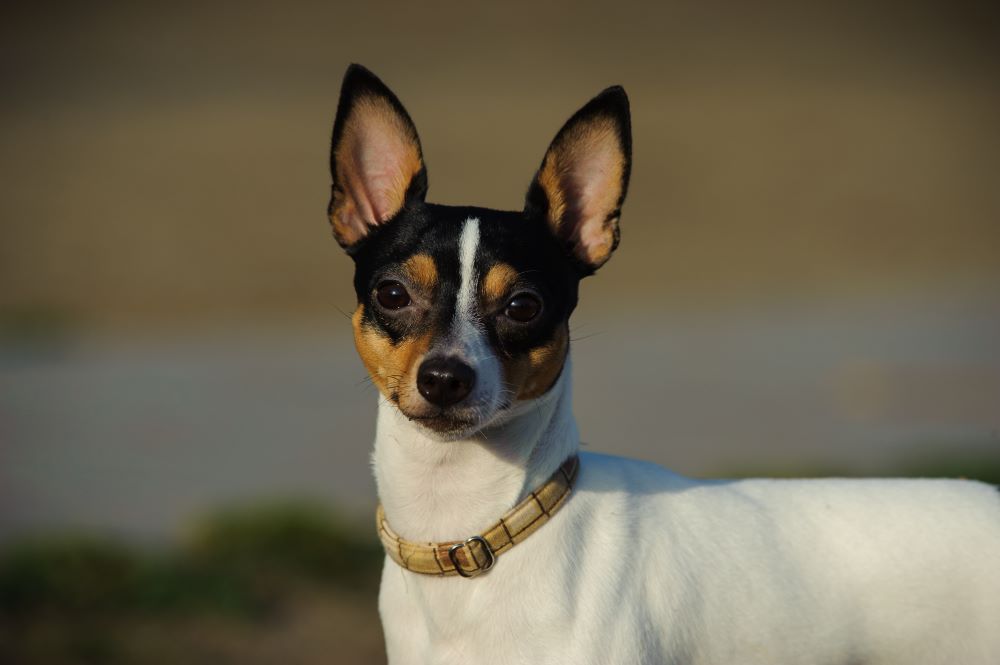
Miniature Fox Terrier feeding and nutrition
The Miniature Fox Terrier should be fed a high-quality dog food appropriate to the dog’s age (puppy, adult, or senior), size and level of activity.
Because of their small size, adult Mini Foxies need only a small amount of food (around half a cup of dry food) divided into 2 meals per day.
Check with your vet if you have any concerns about your dog’s weight or diet.
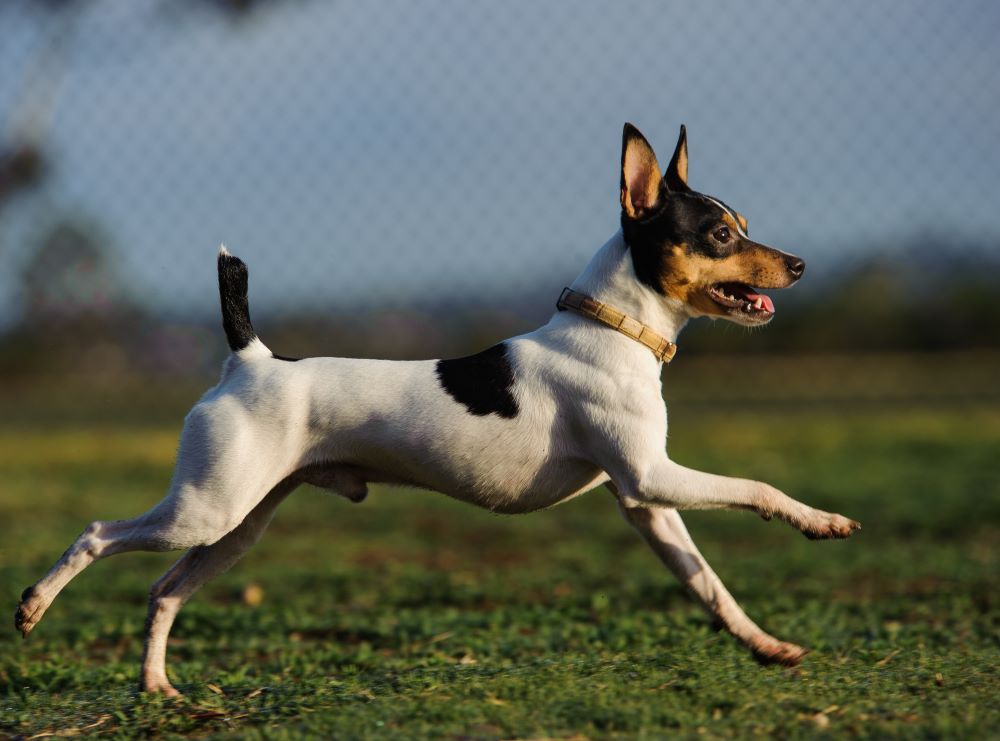
Miniature Fox Terrier care and grooming
Mini Foxies tend to shed a lot of hair, so regular grooming is necessary. With their short, smooth coats, they are relatively easy to groom.
Their nails tend to grow fast, so clipping their nails once a month is recommended.
Health issues for Miniature Fox Terriers
- Patellar luxation is a very common issue among smaller dogs, occurring when the animal’s kneecap becomes dislocated from its thigh bone. It can be spotted if your dog limps or skips steps and this can start as young as 6 months old. Treatment can be as minor as a massage or as major as surgery.
- Demodectic mange is caused by a demodex mite, which is passed from the mother dog to her pups when they are very young. It lives in the hair follicles and can present as patches of red, scaly skin with bald spots on the head, neck and forelegs.
- Legg-Calve-Perthes disease occurs when blood supply to the hip area is decreased and is a common disease amongst the toy breeds. Symptoms can include limping or staggering. The condition can usually be corrected with simple surgery.
- Von Willebrand’s disease causes clotting problems in the blood. This can lead to excessive loss of blood after a cut, surgery or trauma and can result in a number of serious health issues.
Not all conditions are covered by Pet Insurance. For details of Bow Wow Meow Pet Insurance cover, refer to the Product Disclosure Statement.
What do Miniature Fox Terrier owners claim for the most?
- Otitis Externa
- Dermatitis
- Seizure Disorder
- Mass Lesion
- Skin Allergy
Thinking about insuring a Miniature Fox Terrier
Thinking about insuring a Miniature Fox Terrier
Learn moreThinking about insuring a Miniature Fox Terrier
Learn moreFree engraved pet ID tag on sign up3
Customer Satisfaction
21 day cooling off
Easy to use Pet Portal

GapOnly® in vet claims
MORE INFORMATION
Mini Foxie Club of Australia: http://www.minifoxie.org/

